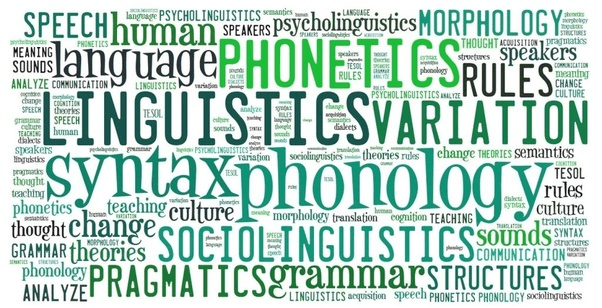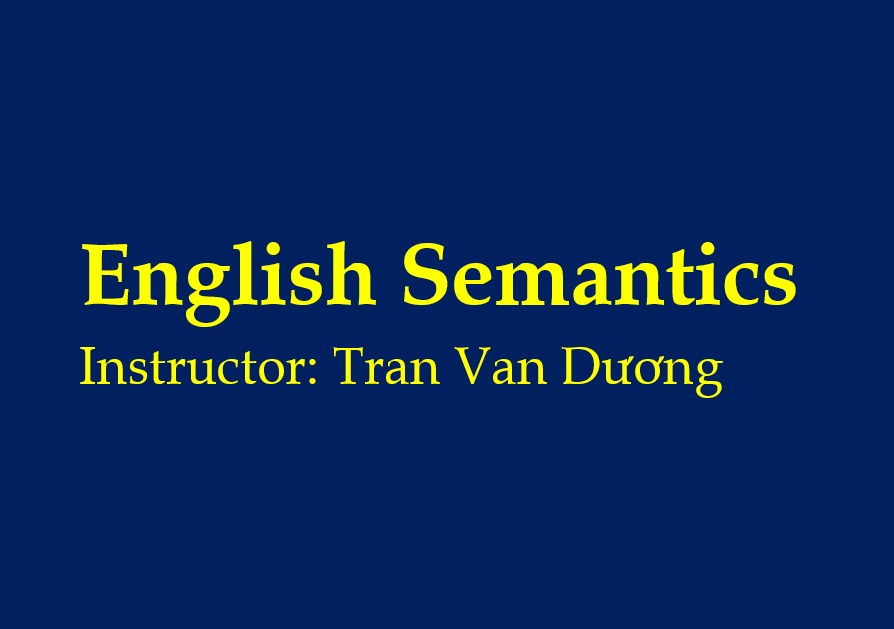
 |
The Morphology-Syntax course is an introductory course. It focuses on practical aspects of application rather than exploring theories. The course consists of two parts: Morphology & Syntax. With reference to Morphology, students will study the internal structure of the words and the relationships among words. In terms of syntax, students will study the internal structure of sentences and the relationships among the internal parts. The course is based on the Chomskian tradition. |
|---|
- Teacher: Tran Ngoc TIEN

The
Morphology-Syntax course is an introductory course. It focuses on practical
aspects of application rather than exploring theories. The course consists of
two parts: Morphology & Syntax. With reference to Morphology, students will
study the internal structure of the words and the relationships among words. In
terms of syntax, students will study the internal structure of sentences and
the relationships among the internal parts. The course is based on the
Chomskian tradition.
- Teacher: Tran Ngoc TIEN

This course introduces some basic notions related to meaning (i.e. what
meaning is) and its properties or features (i.e. compositionality). The primary
focus will be on word meaning and some aspects of sentential meaning.
Interpersonal meaning (pragmatics) will be introduced briefly so that students
can get an overview of the scope of meaning. Some questions students will be presented are:
What is the difference between speaker meaning and sentence meaning? What is
the difference between sense and reference? What are the components of word
meaning? What is the difference between sentences and utterances? What kinds of basic elements do we need to
make reference to in characterizing the meanings of words or other linguistic
units?
- Teacher: Trần Văn Dương

This course introduces some basic notions related to meaning (i.e. what
meaning is) and its properties or features (i.e. compositionality). The primary
focus will be on word meaning and some aspects of sentential meaning.
Interpersonal meaning (pragmatics) will be introduced briefly so that students
can get an overview of the scope of meaning. Some questions students will be presented are:
What is the difference between speaker meaning and sentence meaning? What is
the difference between sense and reference? What are the components of word
meaning? What is the difference between sentences and utterances? What kinds of basic elements do we need to
make reference to in characterizing the meanings of words or other linguistic
units?
- Teacher: Minh Thanh To

This course introduces some basic notions related to meaning (i.e. what
meaning is) and its properties or features (i.e. compositionality). The primary
focus will be on word meaning and some aspects of sentential meaning.
Interpersonal meaning (pragmatics) will be introduced briefly so that students
can get an overview of the scope of meaning. Some questions students will be presented are:
What is the difference between speaker meaning and sentence meaning? What is
the difference between sense and reference? What are the components of word
meaning? What is the difference between sentences and utterances? What kinds of basic elements do we need to
make reference to in characterizing the meanings of words or other linguistic
units?
- Teacher: Nguyen Pham Duy ANH

